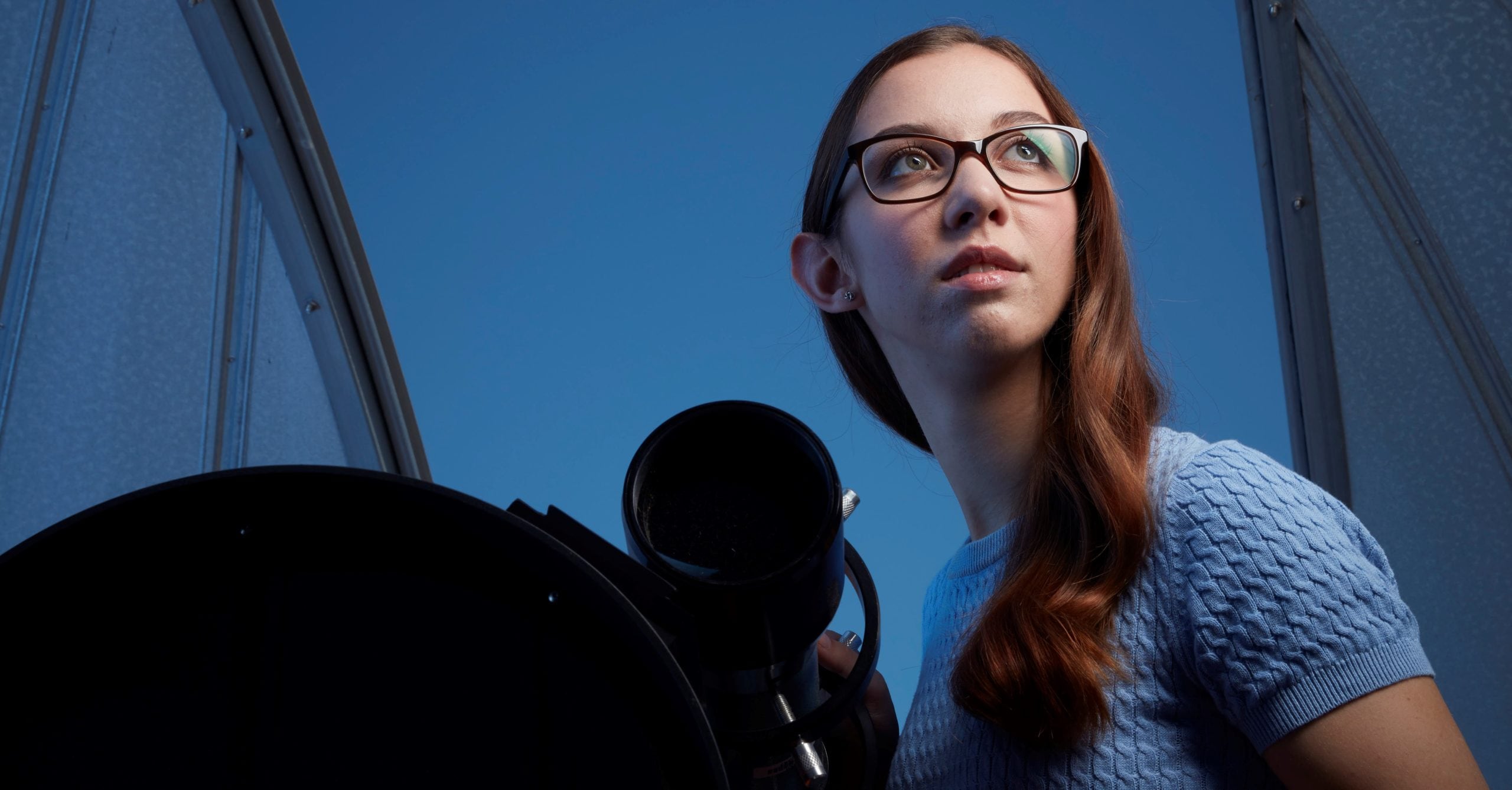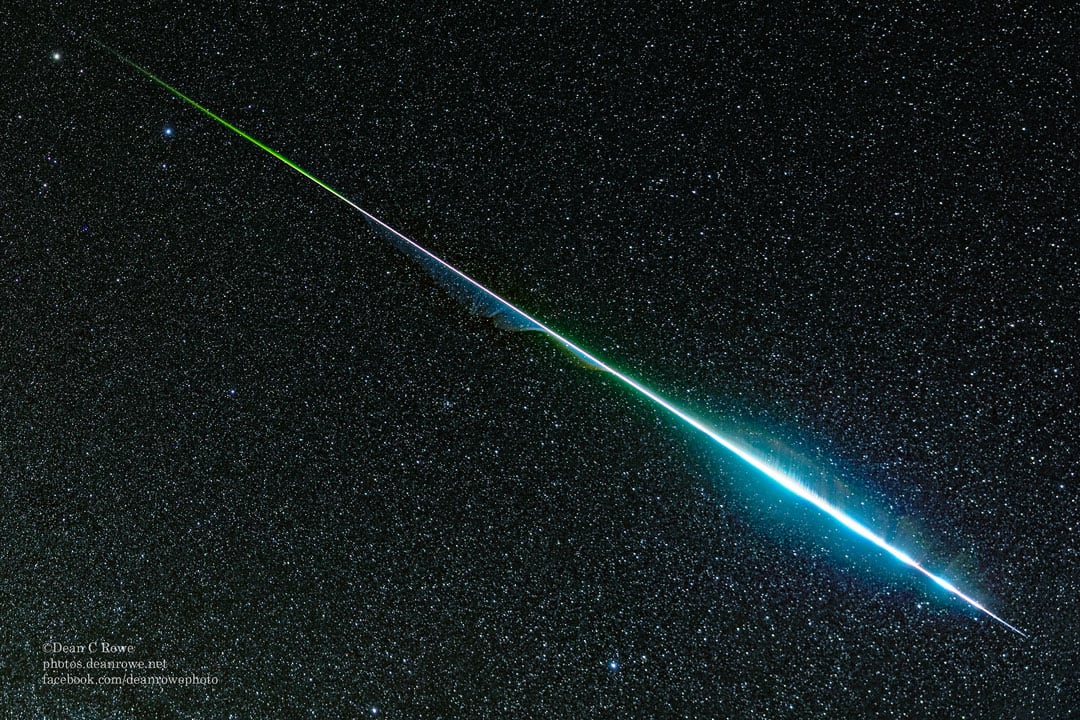What’s up in 2021?

Kirsten Banks
Kirsten Banks

The Earth has completed another trip around the Sun and another year has passed us by. Whether you have big plans for 2021 or you’re happy going with the flow, there’s always something to look forward to happening in the sky. So, here’s your inside scoop of things to look forward to in the night sky in 2021, from meteor showers to supermoons and even an eclipse.
Supermoons, pink and blue moons, lunar eclipses
This year will bring us 12 full moons, three of them supermoons and one a blue moon. The first supermoon of 2021 will be on the 27 April. This supermoon is also known as the Pink Moon, but don’t be fooled by its name because it won’t actually appear pink in colour. It is called this because it marks the time of year when moss pink or wild ground phlox begins to bloom, marking the beginning of spring in the Northern Hemisphere. This moon is also known as the Growing Moon, the Sprouting Grass Moon and the Egg Moon.
If you happen to miss the Pink Supermoon, there will be another the following month on 26 May. This full moon is also known as the Flower Moon marking the abundance of spring flowers in bloom by this time of the year in the Northern Hemisphere. But wait, it gets even more exciting because this Full Super Flower Moon is also a lunar eclipse! On this day, the full moon will move completely within the Earth’s shadow turning a blood red colour. It will be visible all across Australia in the first half of the evening with the Moon beginning to pass into the Earth’s penumbral shadow from 6:47:39 pm AEST and it will be completely eclipsed for a total of 14 minutes from 9:11:26 pm AEST.
Key events of the Lunar Eclipse on 26 May 2021
| Event | UTC Time | Sydney Time (AEST) |
| Penumbral Eclipse begins | 26 May at 08:47:39 | 26 May at 6:47:39 pm |
| Partial Eclipse begins | 26 May at 09:44:58 | 26 May at 7:44:58 pm |
| Full Eclipse begins | 26 May at 11:11:26 | 26 May at 9:11:26 pm |
| Maximum Eclipse | 26 May at 11:18:42 | 26 May at 9:18:42 pm |
| Full Eclipse ends | 26 May at 11:25:54 | 26 May at 9:25:54 pm |
| Partial Eclipse ends | 26 May at 12:52:23 | 26 May at 10:52:23 pm |
| Penumbral Eclipse ends | 26 May at 13:49:44 | 26 May at 11:49:44 pm |
The following full moon in June is also a supermoon. This particular Full Moon is known as the Strawberry Moon. This full moon appears around the time of year to gather fruits such as strawberries since they are at their peak for harvesting in the Northern Hemisphere. This full moon is the final of the three supermoons of 2021.
You may remember that 2020, as if it were scripted, had a Blue Moon occur on 31 October. Well, 2021 also has a Blue Moon scheduled for 22 August but this one is a little different from the Blue Moon of 2020. The Blue Moon that occurred on Halloween in 2020 was a monthly Blue Moon, that is the second full moon to occur in a calendar month but that isn’t the only definition of a Blue Moon.
The first definition of a Blue Moon is the third full moon to occur in an astronomical season with four full moons, where an astronomical season is bound by the equinoxes and solstices. The Full Moon on 22 August is just that, a seasonal Blue Moon, the third of four full moons between the June Solstice and the September Equinox.
Meteor showers
There are also a few notable meteor showers occurring in 2021. The first one being the Eta Aquarids Meteor Shower. This is an annual meteor shower, so it happens every year, and lights up our skies with up to 60 meteors per hour at its peak and it’s best seen from the Southern Hemisphere. The shower can be seen from 19 April up until 28 May, but it peaks on the night of 6 May and the morning of 7 May. The Eta Aquarids are produced by left-over debris from Halley’s comet and are best viewed from a dark area after midnight.
Another meteor shower later in the year is the Perseids Meteor Shower which is one of the best meteor showers to observe, like the Eta Aquarnids, producing up to 60 meteors per hour at its peak. It runs annually from 17 July to 24 August, but it peaks on the evening of 12 August and the following morning. The Perseids, however, are notorious for producing a number of bright meteors as particles in space left-over by the comet Swift-Tittle plummet through our atmosphere. Lucky for us, on this night there is a waxing crescent moon that will set early on in the night, leaving us dark skies to see some spectacular meteors. These are also best viewed from a dark sky after midnight.

I always like to save the best for last. Every year in mid-December, our skies are graced with what’s often called the “King” of meteor showers, the Geminids. Many Australians in 2020, myself included, were saddened by cloudy and rainy skies when the Geminids came around last year, but hopefully we’ll have clearer skies to bear witness to up to 120 meteors per hour at its peak. This meteor shower is produced by debris left-over from the comet-like asteroid 3200 Phaethon. Unfortunately, this year a waxing gibbous moon will wash out many of the fainter meteors but that shouldn’t sully the brightest of the “King” of meteor showers. Again, find yourself in a dark area and enjoy the show after midnight.
So, no matter what happens this year, remember that there is always a reason to look up! Happy stargazing and clear skies to you for 2021!




